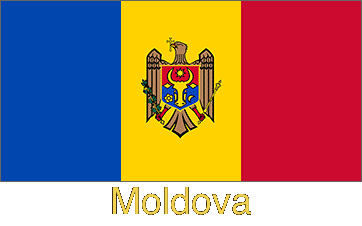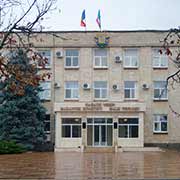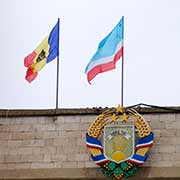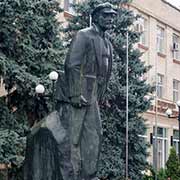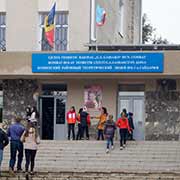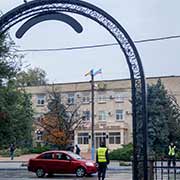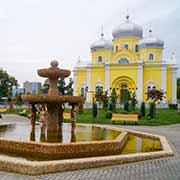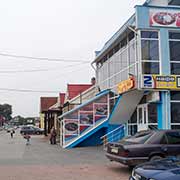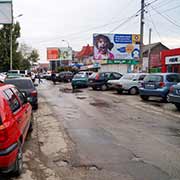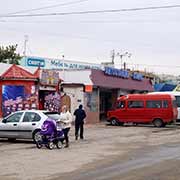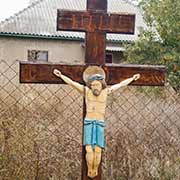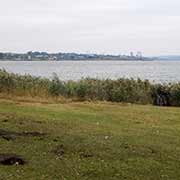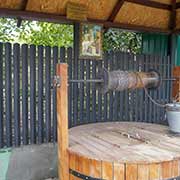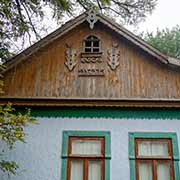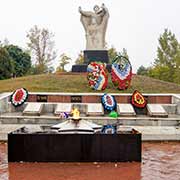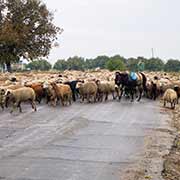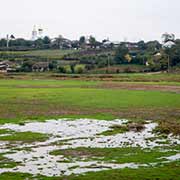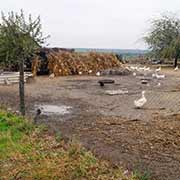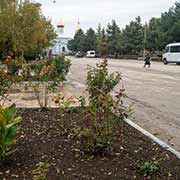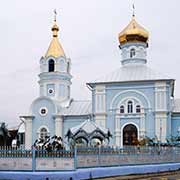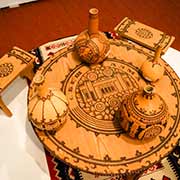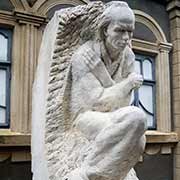Photos of The Gagauzia Autonomous Territorial Unit, Moldova
The Gagauzia Autonomous Territorial Unit
Gagauzia is an autonomous region in Moldova, made up of four separate pieces of land in the country’s south with a total area of 1,832 km² and almost 135,000 people, mostly Gagauzians, a Christian people speaking a Turkic language. Its capital is Comrat (Komrat in Gagauz), with around 26,000 people.
you may then send it as a postcard if you wish.
It isn’t known precisely where the Gagauz people came from, but it is likely that Turkic people settled in present-day Bulgaria and converted from Islam to Orthodox Christianity. When the Russian Empire annexed Bessarabia (eastern Moldavia), Muslim Turkic Nogai people who lived in the south were forced to leave (they now live mainly in the North Caucasus). Christian Gagauz were settled here by the Russians. They have always remained pro-Russian: now, with Gagauz Yeri an autonomous region, they still prefer Russian over Rumanian and Lenin’s statue stands on Lenin Street, the main street in Comrat.
Nineteen kilometres south of Comrat is the village of Beșalma; its name means “Five Apples” in the Turkic Gagauz language. The Gagauz National Museum of History and Ethnography is in the town, founded by Dmitriy Kara-Çoban (1933-1986), the noted Gagauz ethnographer, local artist, poet and educator, who dedicated a large part of his life to rediscovering the ethnographic and linguistic heritage of Gagauzia. It is a fascinating place to visit.


